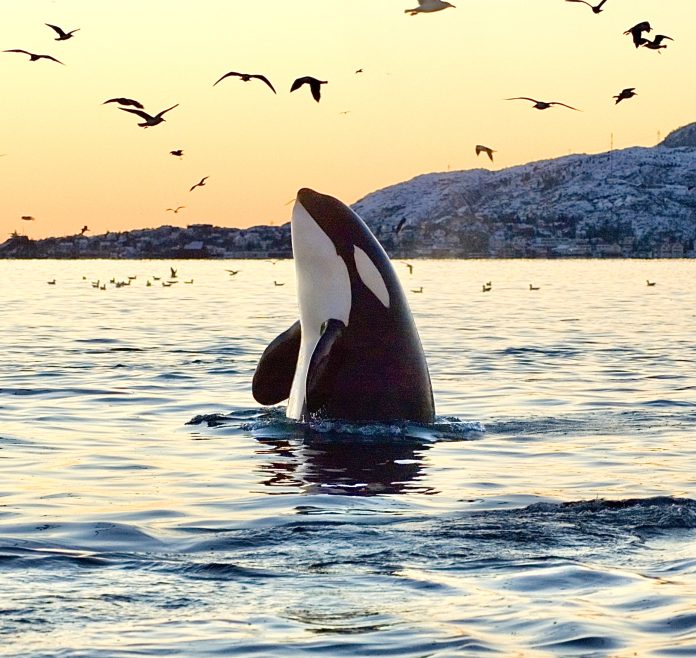
Southern Resident Orcas Receive Endangered Species Act Protections In Oregon Aiding In Their Recovery
You can help all animals and our planet by choosing compassion on your plate and in your glass. #GoVeg
RELATED ARTICLES
Banning Cruelty: New Legislation Aims To Ban Octopus Farming In The U.S.
New bipartisan legislation has just been introduced in the U.S. to ban commercial octopus farming and prohibit imports of farmed octopus from foreign countries.
The...
Outrage In Yellowstone! Grizzly Bear Killed By Wildlife Officials & Left With Head & Paws Cut Off
Photo by: Trisha McFarland / Cowboy State Daily
A photo of a dead grizzly bear with its head and paws cut off has caused an...
Inside Florida’s Illegal Horse Meat Trade: Undercover Footage Shows Racehorse Being Shot & Butchered
A heart-wrenching discovery of illegal horse slaughter has emerged, with video footage exposing the tragic killing of a racehorse named 'Funny Biz,' who was...
Popular stories
News
Plant-Based ‘Beyond The Original Orange Chicken’ Now Available At More Than 2,300 Panda Express Restaurants In The U.S.
Earlier this week, Panda Express announced the return of its breakthrough innovation, Beyond The Original Orange Chicken, which is now available at more than 2,300...
News
Victory! Puerto Rico’s Government Has Officially Closed The Island’s Last Remaining Zoo
Animal activists are celebrating as Puerto Rico’s government officially announced the closure of the Dr. Juan A. Rivero Zoo following years of complaints. The zoo’s...
Breaking News
Iceland & Japan’s Decision To Resume Commercial Whaling Sparks Global Outrage
Photo by: Hard To Port / Fin whale from 2022, killed with four harpoons.
Animal advocates around the world are outraged by the announcement that...


